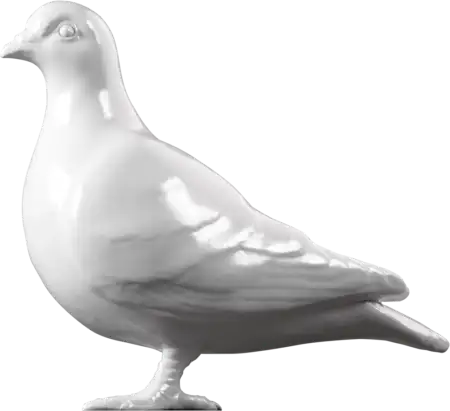Fashion — 1752-1753
Ensemble, court dress ensemble, mantua
This magnificent gown originally belonged to Ann Fanshawe, daughter of Crisp Gascoyne who became Lord Mayor of the City of London in November 1753. This type of dress with its very wide skirt and short train was called a ‘mantua’. Mantua gowns are first mentioned in England around the 1670s. The name might have been derived from the French word for coat, manteau, or from Mantua, the Italian town where expensive silks were produced.
Originally the Mantua was an informal gown with an attached open skirt that was draped back over the hips to reveal the petticoat beneath. Gradually its skirt extended and in the mid 1750s it would only have been worn for very formal occasions and at Court. In the late 17th century dressmakers began to be called mantua makers, an expression that continued to be used until the early 19th century, long after mantua gowns had been abandoned.
To achieve the desired shape, mantuas were worn over hoop petticoats, underskirts of canvas or linen with inserted rings made of whalebone or cane. Hoops were difficult to manoeuvre and required a lady to go through doors sideways.
Ann Fanshawe, born 1724, was the eldest daughter of Sir Crisp Gascoyne of Bifrons House in Barking, Essex. On 13 June 1745 Ann married Thomas Fanshawe of Parsloes in Dagenham, with whom she had four children. According to the History of the Fanshawe Family, published in 1927, a portrait of Ann, now missing, showed ‘her to have been strikingly handsome’.
Crisp Gascoyne (c. 1700-1761) set up business as brewer in Gravel Lane, Houndsditch in the City of London and was admitted as freeman of the Brewers’ Company in 1741. In November 1752 Gascoyne became Lord Mayor, the first to live in the recently completed Mansion House. His wife Margaret had died in 1740 and Ann, who was in her mid-twenties, acted as Lady Mayoress.
On 9 November 1752, Gascoyne went in the City Barge to Westminster Hall to be sworn into office. He returned via Blackfriars Stairs and then went in Procession to the Guildhall where there ‘an elegant Entertainment’ was followed by a Ball. The London Daily Advertiser recorded on the following day that ‘the State Coach went to the Mansion House, and took up Mrs. Fanshawe, Daughter of his Lordship, who appeared as Lady-Mayoress, and carried her to Guildhall’.
The Covent Garden Journal noted that the appearance of many of the ladies on that occasion was ‘extremely brilliant’. However, there was such a crowd that ‘the Ladies and passing and repassing, found it not a little difficult to save their Lappets, and even their Petticoats’. It also recorded that ‘The Ball about ten o’Clock was opened by Mrs Fanshaw [sic] (as Lady Mayoress, who made a most splendid Figure) and the Hon. Mr. York, Lord Chancellor’s youngest Son.'
Gascoyne would have known about his appointment several month in advance, so his daughter had time to prepare. The silk of her gown was almost certainly made in Spitalfields and must have been specifically designed for her. The pattern contains bales and anchors, as well as barley and hops, alluding to her father’s brewery business. The silk is brocaded, which means the complicated pattern was woven into the fabric, rather than embroidered. At least 14 different colours were used which would have made the fabric very expensive. At least four different types of silver thread were used, which reflected the light in different ways and would have sparkled beautifully in candle light.
The silk would have been obtained from a mercer, a trader in luxury fabrics, and not directly from the weaver. With a complicated pattern like this, enough silk for several dresses would normally have been woven. However, it is likely that this design was meant to be exclusive, so the cost of it would have been even higher. The production of the fabric would have taken several months whereas the making of the dress would probably only have taken a week.
- Category:
- Fashion
- Object ID:
- 83.531
- Object name:
- ensemble, court dress ensemble, mantua
- Object type:
- Artist/Maker:
- —
- Related people:
- Related events:
- Related places:
- Production date:
- 1752-1753
- Material:
silk, metal, linen
- Measurements/duration:
- H 1250 mm (shoulder to floor), H 320 mm (bodice), W 1280 mm (skirt at top), W 2180 mm (skirt at hem)
- Part of:
- —
- On display:
- —
- Record quality:
- 100%
- Part of this object:
- —
- Owner Status & Credit:
Permanent collection
Purchased with the assistance of the V&A Purchase Grant Fund
- Copyright holder:
digital image © London Museum
- Image credit:
- —
- Creative commons usage:
- —
- License this image:
To license this image for commercial use, please contact the London Museum Picture Library.

